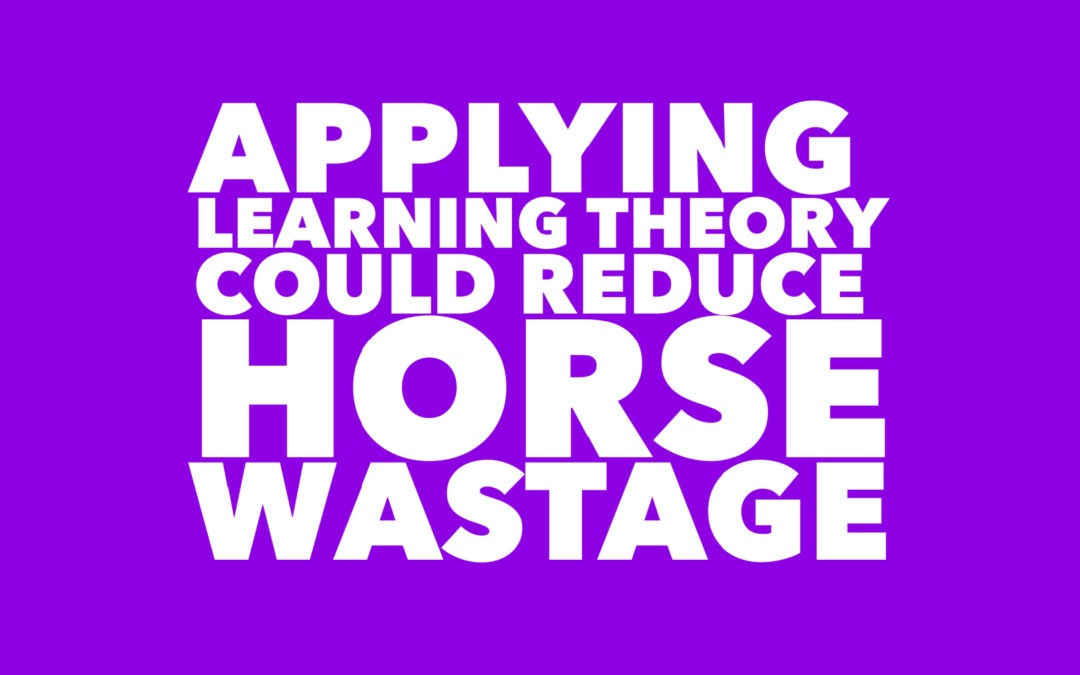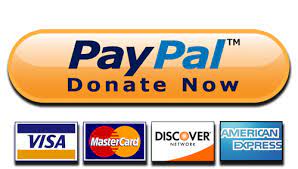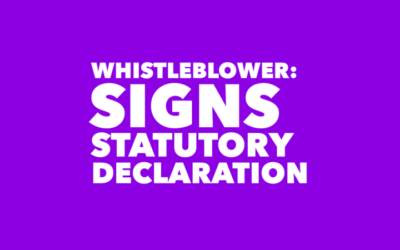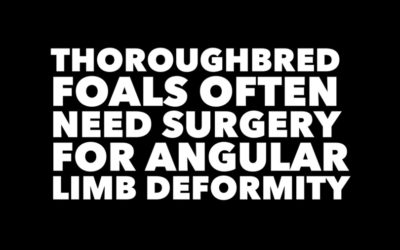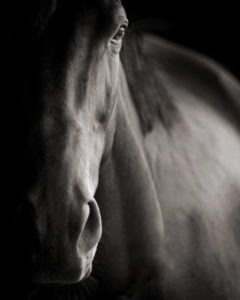WHAT IS LEARNING THEORY?
According to Dr. Camie Heleski, University of Kentucky:
“Learning theory is a summary term for what we know from psychology and horse behavior about how animals (in this case, horses) learn and respond to training. There’s a saying in the horse world that every time you work with your horse, you are either teaching him something or unteaching him something.”
Lynn Newberry writes:
As someone wanting to use Learning Theory as a training tool, I took away the following information as the most important.
One.
The horse’s legs and brain are so closely connected that if you control the legs you control the mind.
Two.
The horse has a fantastic memory which means that he can be very highly trained. The downside is that he also remembers the bad things.
Three.
The horse pays attention to the tiniest detail – and so must we. A horse doesn’t usually go into full-blown unwanted behaviour without some exploratory overtures which we overlook to our detriment.
Four.
The horse can only process one signal at a time.
This is most important to his welfare.
Training must be done in small, incremental steps, one at a time.
If the horse becomes confused, we must return to the previous steps he already understands and begin again.
If the trainer continues to apply multiple signals, the horse cannot escape pressure, no matter what he does.
He either produces ‘bad’ (confused) behaviour such as bucking, bolting, rearing or becomes apathetic and unresponsive(learned helplessness) and so we have whips, spurs, draw reins, harder bits etc.
All completely unnecessary if we obey Rule Four.
Five.
We break the above rules at our peril. Training must be calm, consistent, repetitive. It might bore the trainer but it has a magical effect on the horse.
Six.
It is not about the trainer – it is about the horse.
There is no room for ego or dishonesty.
Horses are totally honest and mirror their trainer’s skills.
The ‘quick fix’ is never an option and is detrimental to the horse’s welfare.
Seven.
Patience and self-control are essential requirements of the horse trainer.
Eight.
The tools: There are two we can use:
a) Positive Reinforcement – where we allow random behaviour and reward that which we want. Rewards include food, wither scratching, stopping what we’re doing and resting.
b) Negative Reinforcement – we apply pressure which must cease the second a response is given. This is because a horse is naturally hardwired to live its life between boundaries which offer the least pressure. This is something he understands from his life as a herd animal.
The most effective training incorporates both of the above.
Learning Theory explains why we worry about crookedness: Crookedness (legs not tracking true) goes back to Rule One: evasion of the legs equals evasion of the mind and is the first little overture to see if his trainer will mind him stepping up a level to make his own decisions.
If the trainer notices and applies corrective measures the horse will respect the trainer’s version and decide against trying his own.
If the trainer doesn’t notice – then beware! – the horse may try an escalation such as shying, which can then further escalate into rearing and bucking.
Research and experience has shown that horses that are trained according to Learning Theory are safer to ride and handle, happier and more trainable.
Those who do use “Learning Theory” when training horses, believe it should be mandatory in training all horses, including racehorses, to optimise welfare both on and off the track — and to prevent ‘wastage‘ from behaviour problems and related injuries.
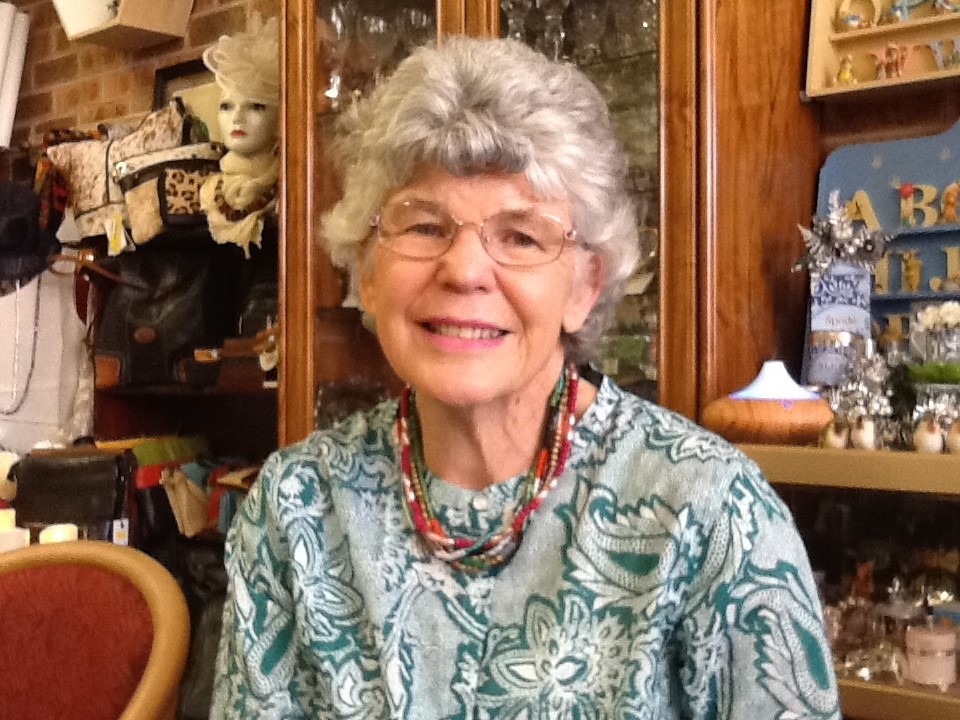
Lynn Newberry is a retired classical dressage rider and retrainer of ‘ruined’ horses. She lives with her 2 dogs and 2 Arabian horses on a small acreage on the edge of a village in the North West Slopes of NSW.
She writes historical fiction and romantic suspense novels as author Anne Rouen and letters to politicians and horse organisations as herself – a passionate advocate for horse welfare.
#MOHM NEEDS YOUR HELP!
We’ve been threatened by those in the horse racing industry and those who benefit from horse slaughter more times than we can count.
But we are not going away.
We are going to persist until horse slaughter no longer exists for any purpose within Australia -- and until the horse racing industry makes drastic changes.
We are going to continue our hands-on work to offer lifelong sanctuary to as many horses as possible. We generally have 20 at just one of our locations - at any given time.
We have the acreage to take on more horses as financial support allows.
WHISTLEBLOWER
ANONYMITY GUARANTEEDWhistleblowers are invited to contact MOHM regarding violations occurring during horse slaughter or transport to slaughter. Are you an ex-slaughterhouse employee, a transport driver or a feedlot operator with knowledge of animal abuse, or other...
ALD IN THOROUGHBREDS (VIDEO)
ALD IN THOROUGHBREDSFirst published January 4, 2022. Updated January 1, 2025: Thoroughbred foals are often born with legs that are not straight. Amongst the veterinary community it is well known that amongst the big studs, almost 100% of foals are being given...

